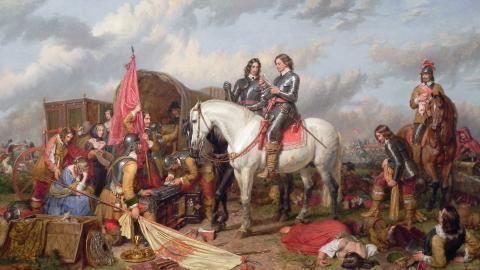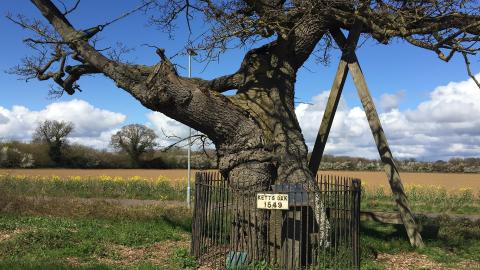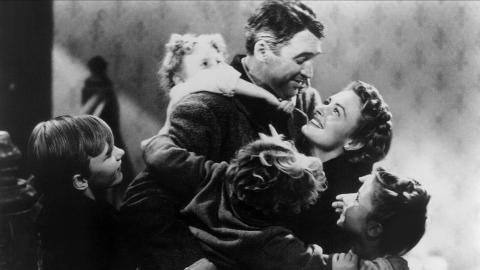The Guilds and Livery Companies
...there are in the town many other populous quarters with numerous trades, for whatever there is in the city it all belongs to craftsmen and merchants.
Domenic Mancini, Italian monk and spy, 1482-3
Since Saxon times, London's traders and craftspeople have organised themselves into guilds (from the Saxon word, 'gegildan' meaning 'to pay'). But by the medieval period, guilds had taken on a central role in everyday life for people in London.
By the 12th century, groups of people in the same trade were drawn for the sake of convenience to live and work closely together. London's street names often reveal who congregated where: the bakers near Bread St, for example, and the fishmongers - who did a roaring trade on a Friday when Catholics couldn't eat meat – around Friday St.
Over time, these loose groupings became official Livery Companies, named after the elaborate uniform, or livery, they wore for ceremonies and processions. The oldest charter of incorporation is for the Worshipful Company of Weavers in 1155.
The main role of the guilds was to protect the quality and reputation of a trade and the members of a company. But since members lived and worshipped cheek by jowl, it was inevitable that parish business and religious observance would also come under their watch. (Even today, the livery companies look after much of the City's heritage and are trustees of numerous charities.)
The guilds were very strict about how their members should behave. Accounts of the times tell that anyone found guilty of laziness, spending too much time in the tavern or enjoying spectator sports such as wrestling 'shal be put of for euermore of this companye'. There are similar warnings for anyone who should earn themselves 'an euel (evil) name' or be accused of theft or breach of the peace.
The power, both economic and political, wielded by the medieval guilds was immense. By the early 14th century, no-one could practice a trade, set up shop, take apprentices or vote unless they were admitted to a livery company – and only citizens could be admitted.
Members of the guilds were appointed to the most important and influential positions in the community: the burghers, aldermen and even the Lord Mayor of London came from the ranks of, and were chosen by, the guilds. Richard Whittington, a member of the Mercer's Guild and the real-life Dick Whittington, was elected Lord Mayor of London no less than four times by the guilds.
Although each guild had its own hall and coat of arms, such an influential body needed a communal meeting place. So in 1411, construction of London's magnificent Guildhall began. Finished in 1440, it survived both the Great Fire of London and the Blitz. In fact, it's the only secular stone structure dating from before 1666 still standing in the City.
As well as providing a venue for the guilds' commercial business, the Guildhall was used for the civic and administrative duties of the guilds and their members. This included the Mayor, who held the post of Chief Magistrate. Many a famous trial – including that of Lady Jane Grey in 1553 – has been held in the Guildhall's Great Hall, the third largest civic hall in England.
Did you know?
Women were allowed to be members of medieval guilds. Although only the head of a household would have been a guild member, the whole family would work in the same trade. So if a husband died, his widow was allowed to continue his trade in her own right under a law called Femme Sole.
















